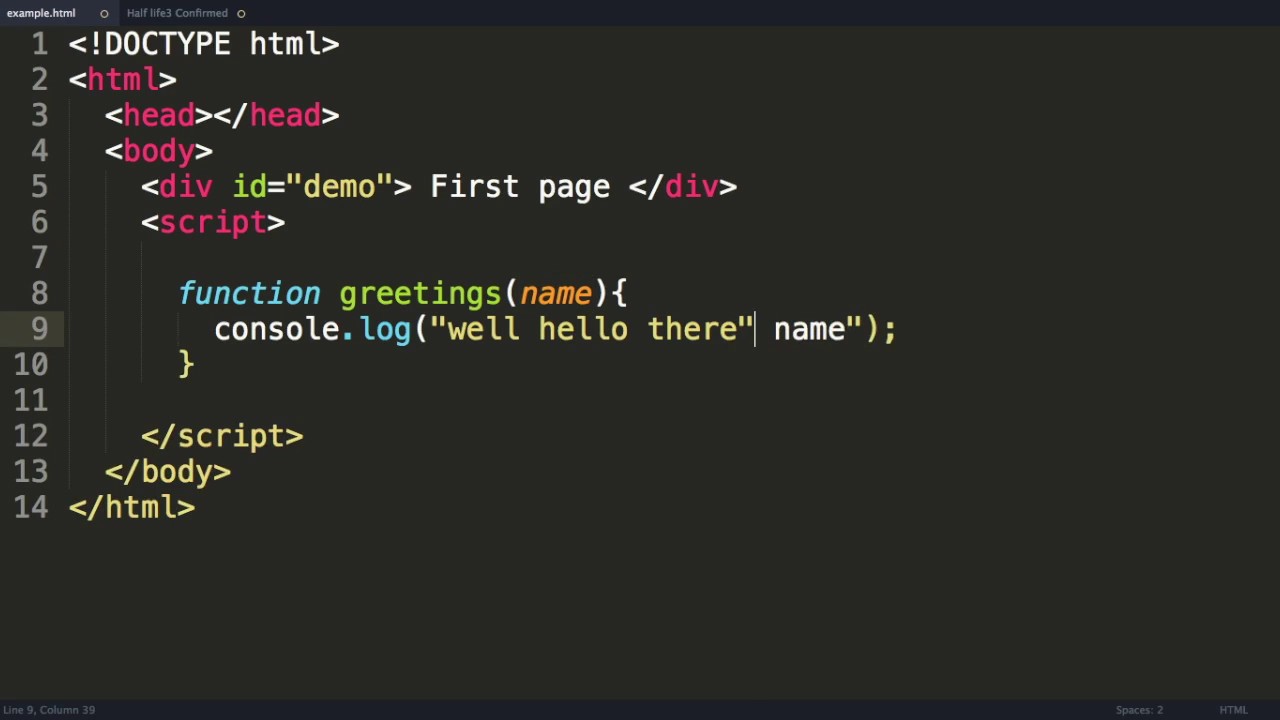How to Write Functions in JavaScript?
In the world of web development, JavaScript is the unsung hero that empowers websites to come alive with interactivity and dynamic content. Functions, a fundamental concept in JavaScript, play a pivotal role in creating reusable and organized code. Whether you’re a beginner exploring the programming landscape or a seasoned developer seeking to expand your skills, this article will walk you through the art of writing functions in JavaScript. Let’s dive in and uncover the secrets to mastering this crucial aspect of coding.
JavaScript functions are blocks of code designed to perform a specific task. They encapsulate a set of instructions that can be executed whenever needed, allowing developers to avoid redundancy and maintain a structured codebase. Functions also enable the creation of dynamic and interactive web applications, from handling user input to manipulating data on the fly.
The Basics: Creating Your First JavaScript Function
Getting started with writing functions in JavaScript is as exciting as it is crucial. Let’s break down the process step by step:
- Defining a Function
To create a function, you need to define it using the
functionkeyword, followed by the function name and a set of parentheses. For instance:function greet() {
console.log("Hello, world!");
}
- Function Invocation
After defining a function, you can invoke it (execute its code) by calling its name followed by parentheses:
greet(); // Outputs: Hello, world!
- Parameters and Arguments
Functions can accept parameters, which are placeholders for values that the function needs to work with. When you invoke the function, you provide actual values called arguments. For example:
function greetUser(name) {
console.log(`Hello, ${name}!`);
}
greetUser("Alice"); // Outputs: Hello, Alice!
Advanced Techniques: Harnessing the Full Potential of JavaScript Functions
As you become more comfortable with the basics, it’s time to explore advanced techniques that will elevate your coding skills:
- Return Statements for Value
Functions can return values using the
returnstatement. This allows you to use the result of a function call in other parts of your code:function multiply(a, b) {
return a * b;
}
const result = multiply(3, 4);
console.log(result); // Outputs: 12
- Anonymous Functions and Arrow Functions
Anonymous functions are functions without a name, often used as callbacks or immediately invoked. Arrow functions are a concise way to write anonymous functions:
const add = (x, y) => x + y;
console.log(add(5, 7)); // Outputs: 12
- Scope and Closure
Understanding scope is crucial when working with functions. Variables declared within a function are only accessible within that function (local scope). However, nested functions can access variables from their containing functions (closure):
function outer() {
const message = "Hello from outer!";
function inner() {
console.log(message);
}
return inner;
}
const innerFunction = outer();
innerFunction(); // Outputs: Hello from outer!
Troubleshooting and Best Practices: Navigating Common Challenges
While mastering functions is exhilarating, it’s important to be prepared for challenges that may arise:
- Debugging Functions
Debugging functions involves identifying errors and unexpected behavior in your code. Utilize browser developer tools and console.log statements to isolate issues:
function divide(a, b) {
if (b === 0) {
console.error("Cannot divide by zero!");
return;
}
return a / b;
}
- Modular Code Design
Functions contribute to modular code by promoting reusability. Break down complex tasks into smaller functions, making your code easier to manage and understand:
function calculateTotal(products) {
let total = 0;
products.forEach(product => {
total += product.price;
});
return total;
}
Frequently Asked Questions
How do I pass a function as an argument to another function?
Passing functions as arguments allows for dynamic behavior. Here’s an example:
function greet(name) {
console.log(`Hello, ${name}!`);
}
function greetUser(greetingFunction) {
greetingFunction("Alice");
}
greetUser(greet); // Outputs: Hello, Alice!
Can I have functions within functions?
Yes, functions can be nested within other functions. This is known as function nesting or closure.
How do I ensure my function works across different browsers?
Stick to using modern JavaScript features, and consider using a transpiler like Babel to ensure compatibility with older browsers.
What’s the difference between function and arrow => notation?
Arrow functions offer a concise syntax and automatically inherit the context from their containing function, making them useful for certain scenarios. Traditional function notation is still widely used and provides more flexibility in terms of context binding.
How do I return multiple values from a function?
You can return multiple values by returning an object or an array containing the values you need.
Should I prioritize code efficiency or readability when writing functions?
Both efficiency and readability are important. Write clear and understandable code first, and then optimize for performance if necessary.
Conclusion: Empowering Your Coding Journey with JavaScript Functions
Congratulations, you’ve unlocked the world of JavaScript functions! These versatile tools empower you to build dynamic and interactive web applications that captivate users. From the basics of function creation to advanced techniques like closures and arrow functions, you’re now equipped with the knowledge to craft elegant and efficient code. Remember, practice is key. Keep experimenting, refining, and implementing functions in your projects, and you’ll continue to grow as a proficient developer in the exciting realm of web development. Happy coding!
SOURCEBAE; HIRE REACT DEVELOPER






